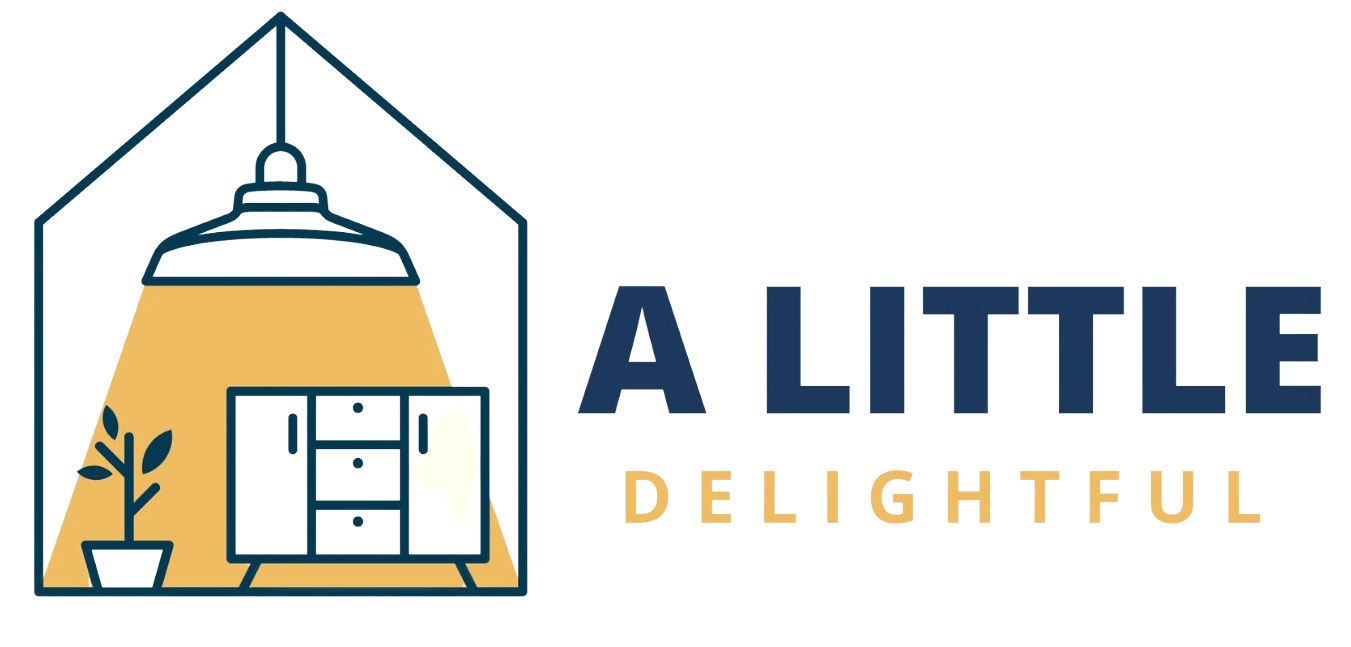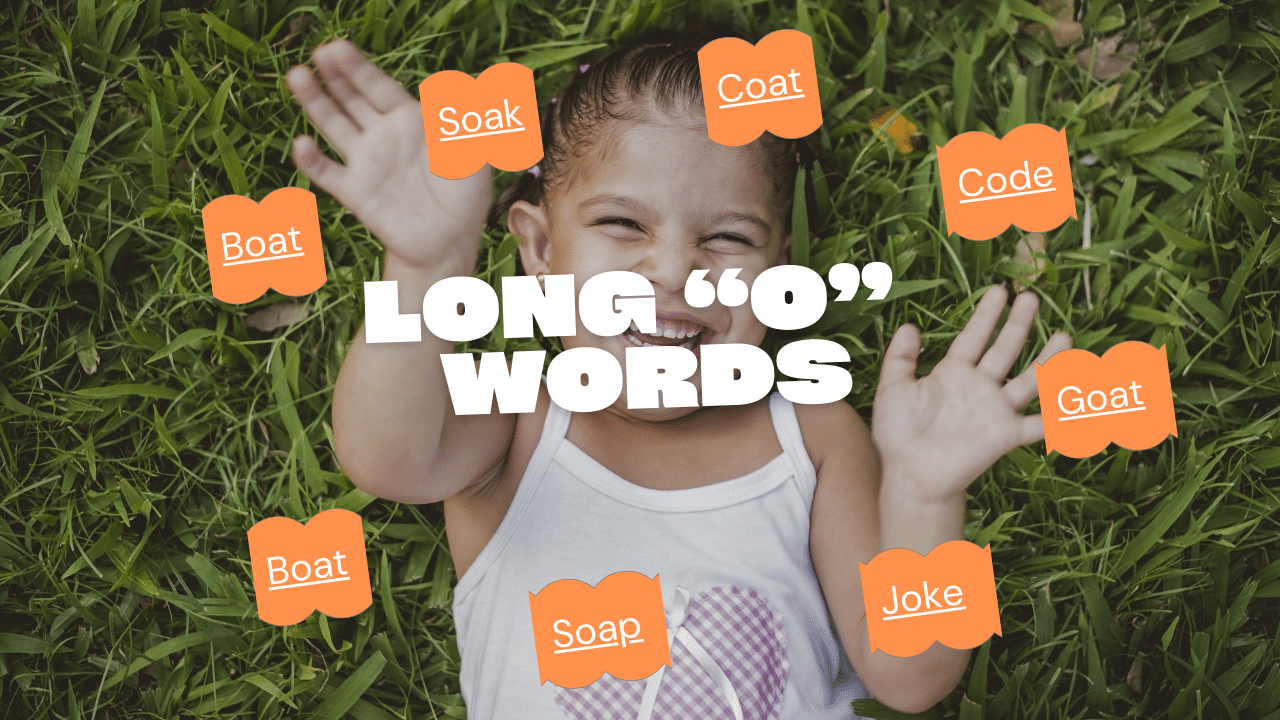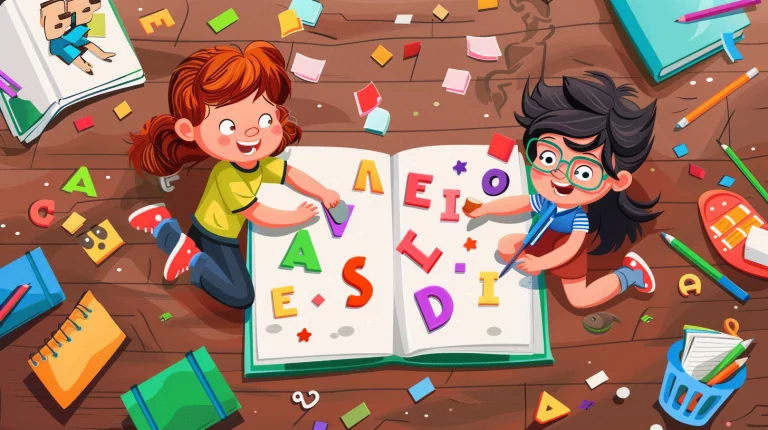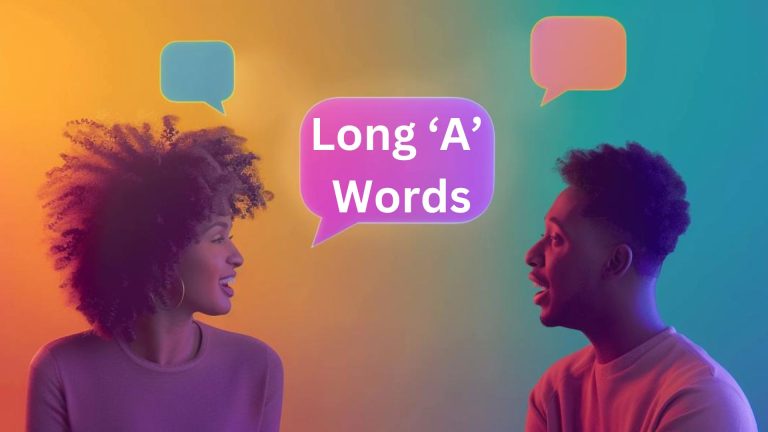How To Master Long O Words: A Step-By-Step Guide
Many English learners struggle with long O words like “boat,” “road,” and “coat.” So, mastering these words is key to improving pronunciation and spelling.
In this post, we will walk you through a simple 3-step process to help you correctly say and spell long O words.
First, we’ll break down the long O sound and look at common long O spelling patterns. Next, we’ll use useful memory tricks, poems, and phonics rules to cement these patterns. Finally, we’ll do targeted exercises to build muscle memory.
By the end, saying and spelling words like “roll,” “storm,” and “bowl” will be second nature. Whether you’re a native speaker or an English learner, this post will boost your long O word prowess.
Let’s dive in!
Understanding the Long O Vowel Sound
When helping kids learn to read, they need to know and understand vowel sounds. Vowels make two main types of sounds – short and long. The long O vowel is one of the easiest for children to learn.
The long O vowel sound is that of the letter O “saying its name” – “ohhhh.” The vowel sound is stretched into a long O sound when O sits in the middle of a word.
For example, words like “go,” “no,” and “alone.” The letter O represents the long O sound.
It’s helpful for children to practice identifying the long O vowel sound. Have kids listen carefully for the long “ohhh” sound.
When they can recognize the O sound, they’ll be better able to decode unfamiliar words when reading. They’ll instantly recognize that long O sound that they know so well.
As teachers and parents, we can have children engage in activities to reinforce this sound. Simple word flashcards with common long O words like those above are a great start.
Or sing songs emphasizing the long O vowel sound to keep kids engaged. Identifying vowel sounds is the key that unlocks independent reading capabilities. However, understanding the long O vowel is essential to reading fluency.
Phonics: The Foundation for Mastering Long O Words
Learning to read and spell words with the long O sound is an important milestone for young students. However, providing a strong foundation in phonics establishes critical connections between letters, sounds, and word meanings.
So, begin by practicing long O words orally. Say words like “boat,” “coat,” “road,” “toad,” and “goat” aloud. Have students repeat the words, emphasizing the long O vowel sound. You can make this more engaging by associating motions with the words or showing pictures.
Next, introduce the alphabetic principle through orthographic mapping. Explain that letters and groups of letters represent the sounds in spoken words. Provide examples of long O words on cards or a whiteboard. Then, underline the letter combinations for the long O sound: oa, o_e, and ow.
Say the words again while pointing to the sound boxes. This step cements the mapping between the long O sound and various spellings.
After modeling, guide students to practice orthographic mapping. Give new long O words and have students identify and underline the sound boxes.
You can turn this into a game by dividing students into teams. The team with the most correct identifications wins. But, always follow up with the whole pronunciation of the word to reinforce the letter-sound connections.
A strong phonics foundation allows for confident, lifelong reading and spelling. Practicing with spoken words, systematically linking sounds to spellings, and applying knowledge to decode new words helps master long O words and transfer skills to other phonetic elements.
With patience and repetition, students learn to unlock meaning from print independently.
The Phonics Method vs. Whole-Language Approach
Two major approaches have dominated reading instruction in elementary schools: the phonics method and the whole-language approach.
The Phonics Method
The phonics method emphasizes teaching students to decode words by learning the sounds associated with individual and group letters.
Students learn phonics rules and sound-letter relationships, starting with basic consonant-vowel patterns and building to more complex phonograms.
They practice sounding out new words by blending letter sounds. The goal is for students to master the alphabetic code to make sense of the text independently.
Whole-Language Approach
The whole-language approach, in contrast, focuses less on phonetics. It views reading as a natural process that students largely grasp through exposure to books and using context clues to determine word meanings.
Phonics instruction takes a back seat to foster a love of literature and comprehension strategies in whole-language programs. Students learn to use syntax, semantics, and pragmatics to unlock meaning.
Supporters argue this better reflects how fluent reading develops in real-world contexts.
A balanced approach that incorporates phonics alongside rich literacy activities may be most effective for teaching early reading. Phonics builds decoding skills needed to lift words off the page, while whole-language develops meaning-making abilities and reading appreciation. Finding the right mix can give students a solid foundation for lifelong reading success.
Step-by-Step Guide to Teaching Long Vowel O Sounds

Teaching students to recognize and produce the long O vowel sound can be challenging due to its many spelling patterns (o, o_e, oa, ow).
This step-by-step guide will walk you through effective strategies for teaching long O sounds, progressing from oral practice to reading and spelling words with various vowel patterns.
Step 1: Oral Practice
Begin by having students orally produce the /o/ sound. Say words like “go, ” “open,” “boat,” and “grow,” and have students repeat just the vowel sound.
You can make this fun by asking them to produce a surprised face when they say the sound. Also, contrast with short O words like “top” to help them distinguish long vs short O.
Step 2: Introduce Spelling
Once they can comfortably produce the sound, introduce the spelling. Write an O on the board and explain that this letter can make the long O sound they have been practicing.
Brainstorm O words like those from the oral practice and write them on the board next to the letter O. Explain that different letters can also work with O to make the same sound.
Step 3: Magic E Rule
Introduce the split digraph or “magic E rule” – when a consonant and a silent E follow O at the end, it makes the long O sound.
Provide examples like rope, tone, etc. Contrast this with short O words without the E, like top and mop. Have students practice reading O_E words and listening for the long O sound.
Step 4: Complex Spelling Patterns
Finally, more complex long O patterns like oa and ow should be introduced. Explain that oa and ow can also spell the long O sound and provide example words. Create flashcards for word families like oa (boat, coat) and ow (grow, bow).
Use games, word-building activities, and dictation practice to reinforce these patterns. You can introduce mnemonic phrases like “Oa says /o/” and “Ow howls /o/” to help students recall the sounds for those spellings.
Also, incorporate long O words when teaching phonics rules for reading, like open syllables (vOte) and r-controlled syllables (fOrm).
Practice, contrast, and repetition through reading, spelling, and games will help students master the different spellings for the long O vowel sound. Adjust the pace and depth of instruction based on students’ ages and development.
Practical Activities for Long O Mastery
Teaching long o sounds can be challenging, but these engaging activities make mastering long o phonics fun.
Here are some top classroom ideas.
Roll a Silly Sentence (Grades K-2)
This whole-group activity keeps students engaged as they build phonics skills. Have students sit in a circle and take turns rolling a dice, then saying a word with the long o sound that matches the number they rolled (1 = dog, 2 = go, etc.).
Each student repeats the full sentence so far before adding their word. See how silly the sentence gets!
Phonics Hexagons (Grades K-5)
Make a hands-on phonics game using hexagon tiles labeled with common long o words. Have students work independently or in pairs to form words by connecting the hexagons.
For more challenges, prompt them to build short sentences with their hexagon words.
Long Vowel Board Games (Grades 1-3)
In this small group activity, partner students to play a long vowel-themed board game that requires them to recognize and produce long o words to advance spaces.
Simple games with folded paper and index cards allow students to build fluency while having fun with peers.
For low-prep long o phonics practice outside the classroom, send students home with engaging worksheets for family game nights. Bingo, word searches, and matching puzzles help reinforce their new knowledge freshly.
Online phonics apps can also provide interactive self-paced lessons to help students of all abilities get the practice they need to master those long vowels. With a little creativity, learning long words is easy and entertaining for young learners.
Incorporating CVC Words into Long O Learning
When teaching phonics, CVC (consonant-vowel-consonant) words are the foundation. So, children must master these simple three-letter words before advancing to more complex phonetic patterns.
Within CVC words, long vowel sounds like the long O can be particularly tricky for young readers. Using targeted CVC words is an excellent way to reinforce long O phonics skills.
- You can start this by reviewing basic CVC words with short vowel sounds, such as cat, bus, and hop.
- Then, introduce some simple long O CVC words like top, mop, and cop. Write the words out and have students sound them out – identifying the letter sounds they know from previous lessons.
- Emphasize how the vowel is held longer for the long O sound even though it’s just one vowel letter.
- After practicing targeted long O CVC words, advance to building short rhyming phrases like “A top on a mop” or “The mop on top.”
- Rhymes help cement the long vowel sound connection. You can also play games, having students identify whether you say a word with a short or long O sound.
- Avoid overly complex CVC words at first – focus on easily memorable patterns.
The key is to steadily progress in difficulty after first establishing basic CVC long O recognition. CVC words allow emergent readers to isolate and practice new phonetic elements within a simple, manageable structure.
Mastering long vowel sounds in CVC words builds crucial confidence and skills that transfer to decoding new words.
Advanced Strategies: Teaching Beyond the Basics
Teachers use cool tricks to make math fun and tough for kids. As kids get better with numbers, using bigger numbers and decimals is like a good workout for their brains.
When they deal with huge numbers, it’s like learning how to see numbers in a special way. This makes them better at math and ready for real-life math problems. Using things like blocks that represent numbers helps kids see how big numbers work in a way they can touch and see.
Also, when kids start working with decimals and money in math problems, it makes math feel real because they use these in everyday life. Starting with easy whole numbers before jumping into decimals makes it easier for them to get it.
When it gets to really hard stuff like long division, showing them different pictures and steps helps them understand in a way that makes sense.
This could be showing how to divide up a big number into smaller parts or taking away a little bit at a time until there’s nothing left. This way, they can see the steps right in front of them.
As kids learn more math, giving them fun challenges and real things to work with helps them get better and smarter.
Making sure they understand the easy stuff before moving to the harder stuff makes sure they really get it and keep getting better at math.
Assessment & Review
Continuous assessment is critical for reinforcing learning and identifying knowledge gaps. So, printable worksheets and activities enable regular assessment in an engaging format.
Specifically for phonics instruction, comprehensive review ensures students fully comprehend sound-letter relationships and retain phonics rules.
So, you can conduct bi-weekly phonics review sessions. These should incorporate worksheet activities testing knowledge of vowel teams, digraphs, blends, suffixes, syllable division, and decoding multi-syllabic words.
You can also try partner games focused on blending, segmenting, rhyming, and analogies also promote active reinforcement.
Additionally, regular dictation exercises allow for the assessment of encoding skills. Maintaining phonics journals encourages reflection on growth areas.
Compiling personalized review packets based on incorrect worksheet responses pushes individual mastery.
Similarly, small reading groups matched to ability permit targeted reteaching. Monthly informal reading inventories further gauge the application of phonics in context.
Overall, multilayered assessment and routine review cement phonics proficiency essential for skilled reading.
Wrapping Up
Ultimately, there are several effective strategies available that educators can employ to build stronger relationships with students.
Starting from making connections through personal stories, using humor appropriately, and showing genuine interest in students’ lives outside school can go a long way.
However, adapting these approaches to your unique teaching style and classroom dynamic is key. So, try some of these relationship-building techniques and see the positive impacts.







